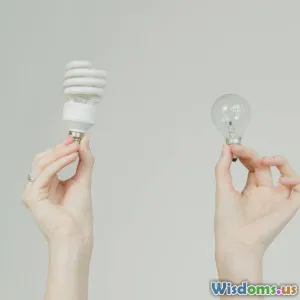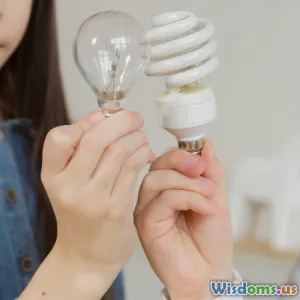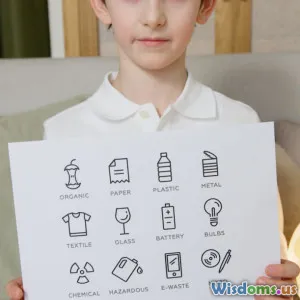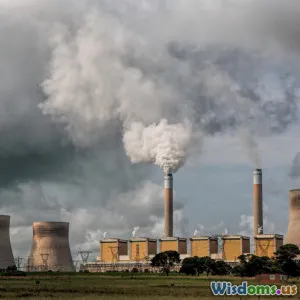
How to Transition to Clean Energy
5 min read Explore practical steps and insights for making the switch to clean energy sources in your home and community. (0 Reviews)
How to Transition to Clean Energy
Clean energy is no longer just a buzzword; it is a necessity for a sustainable future. As the effects of climate change become increasingly evident, transitioning to clean energy sources becomes crucial for reducing greenhouse gas emissions, conserving natural resources, and promoting human health. This article outlines practical steps, benefits, and insights into making the switch to clean energy.
Understanding Clean Energy
Clean energy refers to energy derived from renewable sources that produce little to no greenhouse gas emissions. Common examples include:
- Solar Energy: Harnessing sunlight to generate electricity or heat.
- Wind Energy: Utilizing wind turbines to convert wind into electricity.
- Hydropower: Generating energy from flowing water, typically in rivers or dams.
- Geothermal Energy: Using heat from the Earth’s interior for power and heating.
- Biomass: Organic materials converted into energy.
These sources can significantly reduce reliance on fossil fuels, which are major contributors to pollution and climate change.
Benefits of Transitioning to Clean Energy
- Environmental Impact: Clean energy reduces carbon emissions, air pollution, and water contamination, promoting a healthier planet.
- Economic Growth: Investing in clean energy creates jobs in manufacturing, installation, and maintenance, stimulating local economies.
- Energy Independence: By utilizing local resources, communities can reduce their dependence on imported fossil fuels, enhancing energy security.
- Cost Savings: While the initial investment may be high, many clean energy solutions, such as solar panels, can lead to significant savings on energy bills over time.
- Health Benefits: Reduced air pollution can lead to fewer health problems, such as respiratory diseases and cardiovascular conditions.
Steps to Transition to Clean Energy
1. Assess Your Current Energy Usage
Start by analyzing your current energy consumption. Review your utility bills, check your appliances' energy efficiency, and identify areas where you can reduce usage. This information will help you determine how much clean energy you need and the best solutions for your situation.
2. Explore Energy Efficiency Improvements
Before switching to clean energy, consider improving your energy efficiency. Simple changes like sealing windows, upgrading insulation, and using energy-efficient appliances can significantly reduce your overall energy needs.
3. Invest in Renewable Energy Sources
Once you have optimized your energy usage, consider investing in renewable energy. Here are some options:
- Solar Panels: Installing solar panels can be a highly effective way to generate your own electricity.
- Wind Turbines: If you live in an area with consistent wind, small-scale wind turbines can supplement your energy needs.
- Community Solar Projects: If installing solar panels on your home isn’t feasible, look into community solar programs that allow you to invest in shared solar energy.
4. Work with Local Governments
Engage with local government initiatives that promote renewable energy and sustainability. Many states and municipalities offer incentives, rebates, and grants for energy-efficient upgrades and renewable energy installations.
5. Educate and Advocate
Spread awareness about the importance of clean energy in your community. Educate friends and family on the benefits and practical steps they can take. Advocacy for clean energy policies can also help drive systemic changes that support broader adoption.
6. Monitor and Adjust
After making the transition, continually monitor your energy usage and savings. Many clean energy technologies come with monitoring systems that help you understand your consumption patterns and adjust your habits accordingly.
Conclusion
Transitioning to clean energy is a vital step toward a sustainable future. By understanding the benefits, assessing your energy needs, and taking practical steps, you can contribute to a cleaner environment and a healthier planet. The shift not only supports global sustainability efforts but also enhances your energy independence and potential cost savings. Start your journey toward clean energy today, and be part of the solution for a sustainable future.
Rate the Post
User Reviews
Popular Posts




















